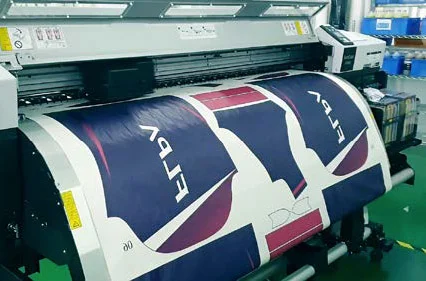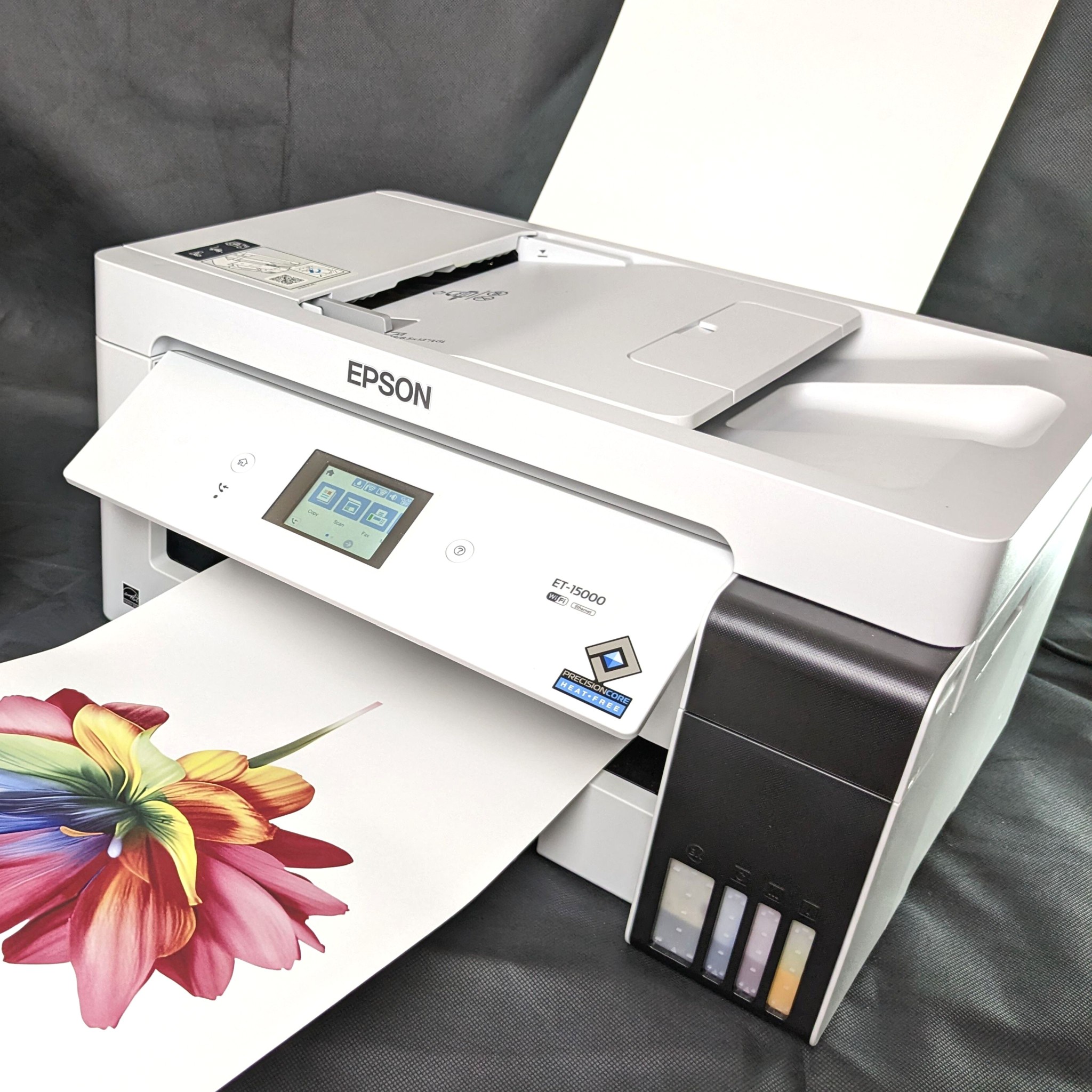Heat Transfer Vinyl Printing: Transform Your T-Shirt Game Today
Heat Transfer Vinyl Printing: Transform Your T-Shirt Game Today
Blog Article
From Typical to Digital: Comprehending the Evolution of Towel Printing
The improvement of fabric printing from standard approaches like block printing and resist dyeing to contemporary techniques such as screen and digital printing notes a significant shift in the fabric sector. Just how do these advancements affect the essence of fabric printing, and what might the future hold for this ever-evolving craft?
Standard Towel Printing Methods
In the beginning of textile manufacturing, conventional fabric printing methods functioned as the keystone of fabric layout, using both performance and imaginative expression. Strategies such as block printing, stand up to dyeing, and stenciling were meticulously developed and refined over centuries, each contributing one-of-a-kind practical applications and aesthetic high qualities to the textile industry. Block printing, among the earliest techniques, involved carving detailed designs right into wooden blocks, which were after that dipped in dye and pushed onto material. This labor-intensive procedure enabled the rep of thorough patterns, showcasing the artisan's ability and creativity.
Resist dyeing, including strategies like batik and tie-dye, employed wax or other materials to prevent color from passing through specific locations of the fabric. This approach created striking contrasts and detailed designs, commonly imbued with cultural value. Stenciling, one more typical technique, involved reducing patterns right into a material and applying dye through the openings, using a simpler yet effective method to generate repetitive layouts.
These standard methods not only shaped the textile market's very early development however likewise laid the foundation for future innovations. Each technique showed the regional and social features of its beginning, maintaining and sharing artisanal knowledge with generations.
The Increase of Screen Printing
The advent of display printing in the early 20th century marked a significant separation from conventional methods, offering extraordinary flexibility and efficiency. Display printing allowed designers to produce detailed patterns and lively colors on textiles, which were previously testing to attain with block printing or hand-painting approaches.
One of the crucial advantages of display printing is its ability to reproduce complicated designs widespread with impressive fidelity. This scalability made it profoundly prominent in the commercial textile sector, where automation without giving up high quality is extremely important. Display printing suits a broad array of inks and dyes, broadening the scheme of textures and surfaces offered to developers.
Additionally, the procedure is highly adaptable, appropriate for numerous fabric types consisting of cotton, silk, and synthetics. This adaptability, integrated with its cost-efficiency for huge runs, strengthened screen printing's function as a foundation of modern-day fabric manufacturing. Therefore, the surge of screen printing transformed the sector, pressing the boundaries of what was possible in textile style.

The Introduction of Digital Printing
Structure on the remarkable developments brought by screen printing, the textile market experienced an additional groundbreaking advancement with the arrival of electronic printing. Emerging in the late 20th century, electronic printing changed the way layouts are moved onto materials, offering unmatched flexibility and effectiveness. Unlike typical methods, which often required considerable setup and considerable hands-on intervention, electronic printing employs computer-aided style (CAD) innovation to generate detailed patterns straight onto the material with high accuracy.
This development has enabled textile makers to fulfill the growing demand for modification and on-demand manufacturing. By removing the need for displays and plates, digital printing decreases and decreases lead times material waste, making it a more lasting alternative. The capability to print complex pictures and a variety of colors in a solitary pass has actually opened up brand-new innovative opportunities for designers, promoting a rise in artistic expression within the industry.
Moreover, digital printing supports smaller sized set manufacturing runs, which is particularly advantageous for specific niche markets and start-up style brand names. This technological jump has not only boosted operational efficiency however additionally democratized access to high-quality fabric printing, establishing the phase for future technologies in material design and production.
Contrasting Techniques: Typical Vs. Digital
While both electronic and standard printing approaches have their own distinct benefits, they differ substantially in terms of procedure, efficiency, and environmental impact. Traditional towel printing, encompassing methods like block printing and screen printing, entails hand-operated labor and complex workmanship.
On the other hand, electronic printing employs advanced innovation to move designs straight onto fabric making use of inkjet printers. This method offers unrivaled precision and a vast variety of shade choices, making it possible for complex and very detailed styles. Digital printing is considerably much faster, permitting for quick turnarounds and just-in-time manufacturing, which decreases the demand for large inventory storage space. In addition, it sustains personalization and little set production, providing to sublimation printing contemporary consumer needs for customized items.
From an ecological point of view, electronic printing is generally much more sustainable. It utilizes less water and creates minimal waste contrasted to conventional techniques, which often involve substantial washing and coloring processes. Subsequently, digital printing is progressively preferred in an age where ecological factors to consider are vital.
Future Fads in Cloth Printing
As the textile market continues to progress, future trends in cloth printing frequently aim towards anonymous higher integration of modern technology and sustainability. One significant fad is the enhanced application of electronic printing modern technologies. These improvements permit higher precision, faster manufacturing times, and the capability to develop intricate layouts that were once tough with typical methods. Digital textile printing is expected to dominate the marketplace, driven by its effectiveness and adaptability to consumer demands for individualized and limited-edition products.

Furthermore, the consolidation of clever fabrics, which integrate electronic parts right into textiles, is established to revolutionize the marketplace. These textiles can provide added capabilities such as temperature policy, health and wellness tracking, and interactive functions. As technology proceeds to advance, the crossway of digital printing and clever fabrics will certainly open brand-new opportunities for practical and innovative applications in fabric printing.
Verdict
The advancement of cloth printing from standard techniques to digital developments notes a significant makeover in the fabric market. While conventional methods highlight artisanal craftsmanship and social heritage, digital printing uses unrivaled precision, performance, and modification. This change not this post only boosts manufacturing capabilities but additionally sustains sustainability initiatives. Future trends are most likely to proceed incorporating advanced technologies, further redefining textile layout and manufacturing processes to meet ecological considerations and contemporary needs (sublimation printing).
The improvement of cloth printing from typical methods like block printing and stand up to dyeing to contemporary techniques such as screen and digital printing notes a significant shift in the fabric industry. Display printing allowed developers to generate complex patterns and vibrant colors on materials, which were previously testing to accomplish with block printing or hand-painting approaches.
Structure on the remarkable improvements brought by screen printing, the textile sector experienced one more groundbreaking advancement with the arrival of electronic printing. heat transfer vinyl printing. Conventional towel printing, encompassing methods like block printing and display printing, entails hand-operated labor and detailed craftsmanship. As technology continues to breakthrough, the intersection of digital printing and clever textiles will certainly open new methods for innovative and practical applications in cloth printing
Report this page